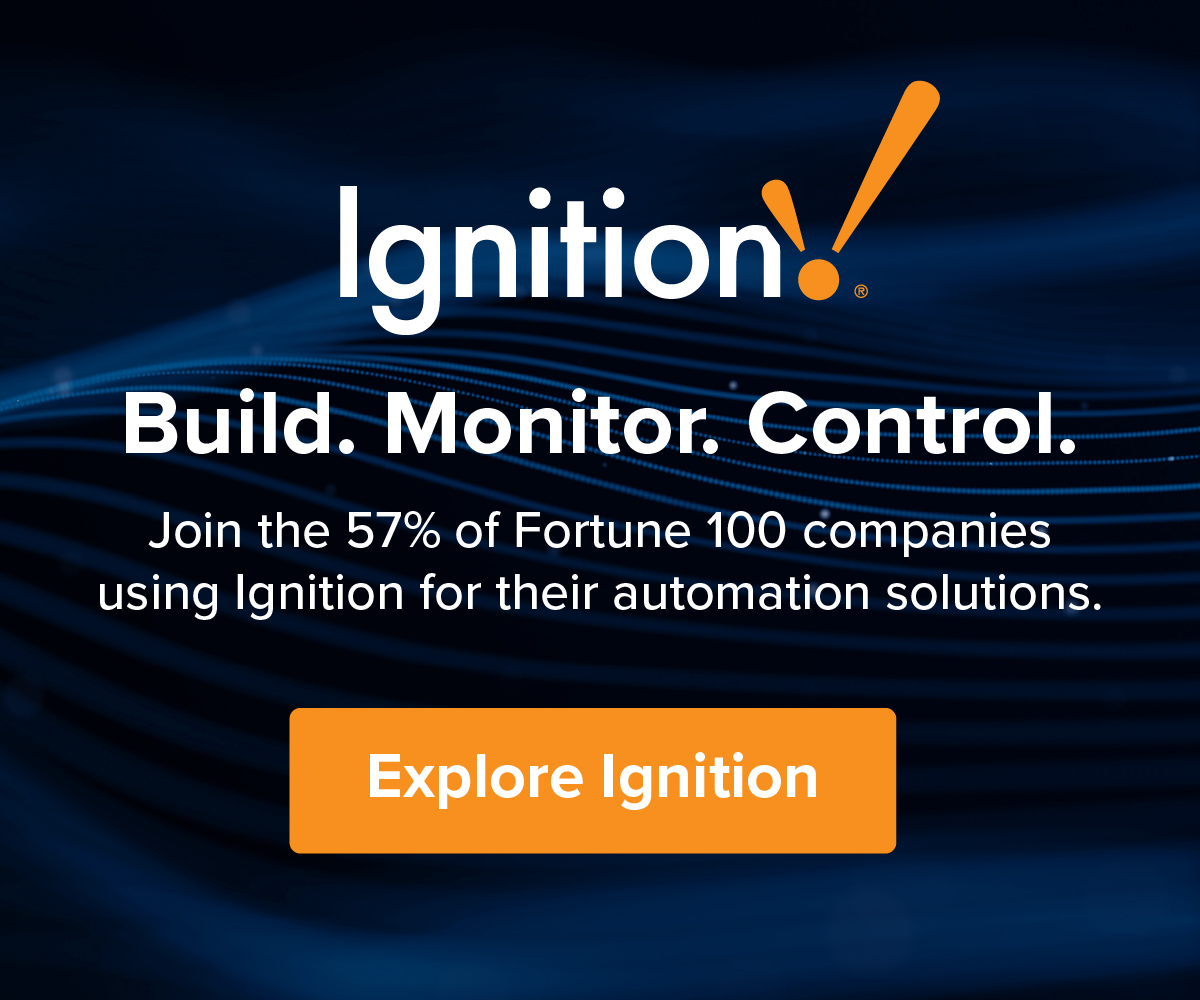I’ve received a couple of news items about something called the Open Manufacturing Platform (OMP). I have searched in vain for a website–maybe a GitHub or Linux Foundation or something. This is sponsored by Microsoft, so no surprise that it is built on Microsoft Azure. I guess the open part is open connectivity to Azure.
I had a brief chat in Hannover a couple of weeks ago and picked up this press release. The companies putting this together have added members. Just a few right now. Like always, I adopt a “wait-and-see” attitude to see how this develops.
In brief:
- Anheuser-Busch InBev, BMW Group, Bosch Group, Microsoft, ZF Friedrichshafen AG named OMP steering committee members
- OMP was established in 2019 as an independent initiative under the umbrella of the Joint Development Foundation
- First working groups created: IoT Connectivity, Semantic Data Model, Industrial IoT Reference Architecture and Core Services for Autonomous Transport Systems
- The first appearance of the Open Manufacturing Platform
The Open Manufacturing Platform (OMP) has expanded, with new steering committee members and new working groups established. OMP is an alliance founded in 2019 to help manufacturing companies accelerate innovation at scale through cross-industry collaboration, knowledge and data sharing as well as access to new technologies. The OMP was founded under the umbrella of the Joint Development Foundation, which is part of the Linux Foundation.
Original members The BMW Group and Microsoft welcome Anheuser-Busch InBev (AbInBev), Bosch Group and ZF Friedrichshafen AG as steering committee members. The OMP steering committee has approved a number of working groups to focus on core areas important to the industry, including IoT Connectivity, semantic data models, Industrial IoT reference architecture, and core services for ATS (autonomous transport systems).
Common approach to industry challenges
The expansion of intelligent manufacturing is driving new efficiencies and increased productivity, as well as revealing new challenges. Within the industry, legacy and proprietary systems have resulted in data silos, making operation-wide insight and transformation daunting. As common challenges across the industry, they often require a high degree of investment for modest returns within any one organization. The OMP has been developed to address this, where manufacturers and their value chains come together to identify and develop solutions that address these non-differentiating problems. It brings together experts across the manufacturing sector — including discrete and process manufacturing, transportation and consumer goods, industrial equipment, and more.
“Our goal is to drive manufacturing innovation at scale, accelerate time-to-value and drive production efficiencies by jointly solving mutual challenges, based on an open community approach. The OMP helps manufacturing companies unlock the potential of their data, implement industrial solutions faster and more securely, and benefit from industrial contributions while preserving their intellectual property (IP) and competitive advantages, mitigating operational risks and reducing financial investments,” said Jürgen Maidl, Senior Vice President Production Network and Supply Chain Management at the BMW Group.
Scale innovation through common data models and open technology standards
The OMP operates under the umbrella of the Joint Development Foundation (JDF). The JDF is part of the Linux Foundation and provides the OMP with infrastructure and an organizational framework to create technical specifications and support open industry standards. The OMP supports other alliances, including the OPC Foundation and Plattform Industrie 4.0, and leverages existing industry standards, open source reference architectures and common data models.
“Through the open collaboration approach that is the cornerstone of OMP, manufacturing companies will be able to bring offerings to market faster, with increased scale and greater efficiency,” said Scott Guthrie, Executive Vice President Cloud & AI at Microsoft. “Solutions will be published and shared across the community, regardless of technology, solution provider or cloud platform.”
The heart of OMP: working groups to address common manufacturing challenges
“Comprised of members from across the manufacturing industry, the collaboration framework and heart of the OMP are its working groups. We are very excited to join in a moment where our manufacturing facilities are becoming increasingly connected, and we are looking for innovative ways to make use of the treasure trove of data that is being generated,” said Tassilo Festetics, Global Vice President of Solutions at AB InBev. The OMP initial first working groups will focus on topics such as IoT Connectivity, Semantic Data Model, IIoT Reference Architecture and Core Services for ATS (autonomous transport systems). Initial focus areas include:
The OMP steering committee will support industry efforts to connect IoT devices and machines to the cloud. It is one of the first steps to digitize production lines and leverage cloud-connected Industrial IoT applications.
“Today, it is all about analytics and predictions but without data no analytics and without connectivity no data. Modern devices can easily be connected via the OPC Unified Architecture (OPC UA). Connecting machines and applications to the cloud that have been in production for decades comes with bigger interoperability challenges as various standards and interfaces must be addressed to interconnect these historically developed legacy systems (‘brownfield approach’). The working group IoT Connectivity will focus on providing industrial-grade edge and cloud functionalities for the integration and management of OPC UA devices in brownfield environments,” said Werner Balandat, Head of Production Management, ZF Friedrichshafen AG.
Another OMP working group focuses on semantic data modeling: Machine and manufacturing data are crucial for industrial companies to optimize production with artificial intelligence (AI). However, managing data in a common format across multiple sources with constantly evolving semantics is a real challenge.
“Data is the raw material for Industry 4.0 and a prerequisite for optimizing production with the help of artificial intelligence. At OMP, we are developing a semantic model that makes data understandable and illustrates its relations and dependencies. Users no longer receive cryptic, incomprehensible numbers and characters, but production-relevant information including their context. This semantic data structure ensures improvements along the entire value chain and makes AI-based business models possible on a large scale,” said Dr.-Ing. Michael Bolle, Member of the Board of Management, Robert Bosch GmbH.






Trackbacks/Pingbacks